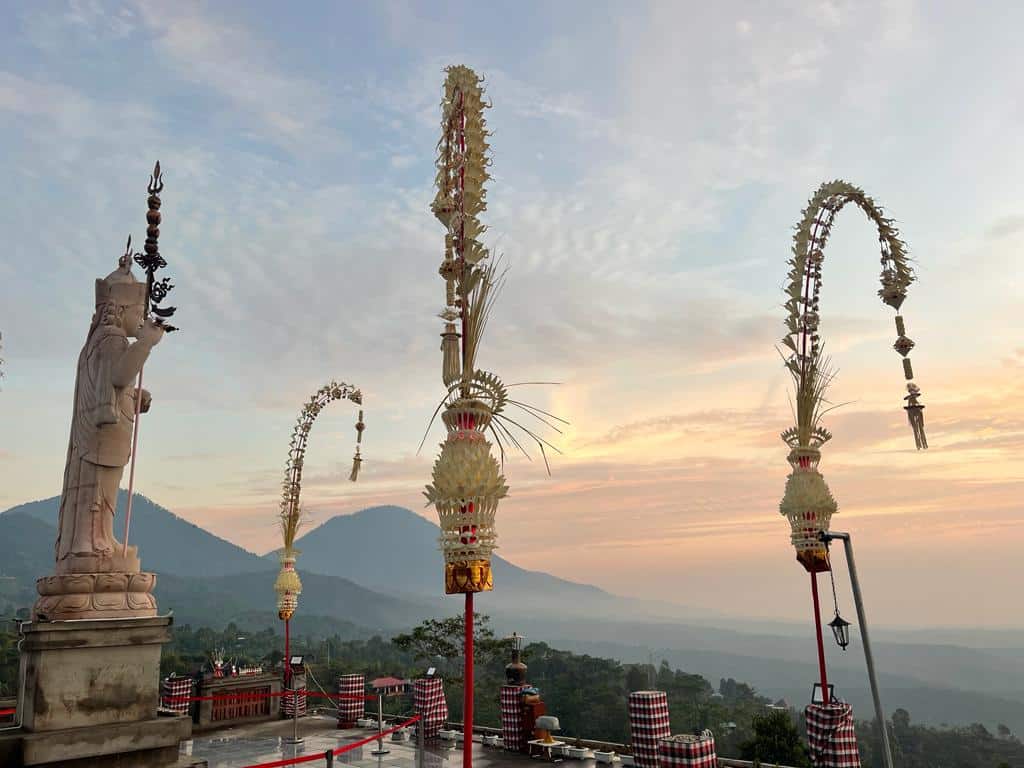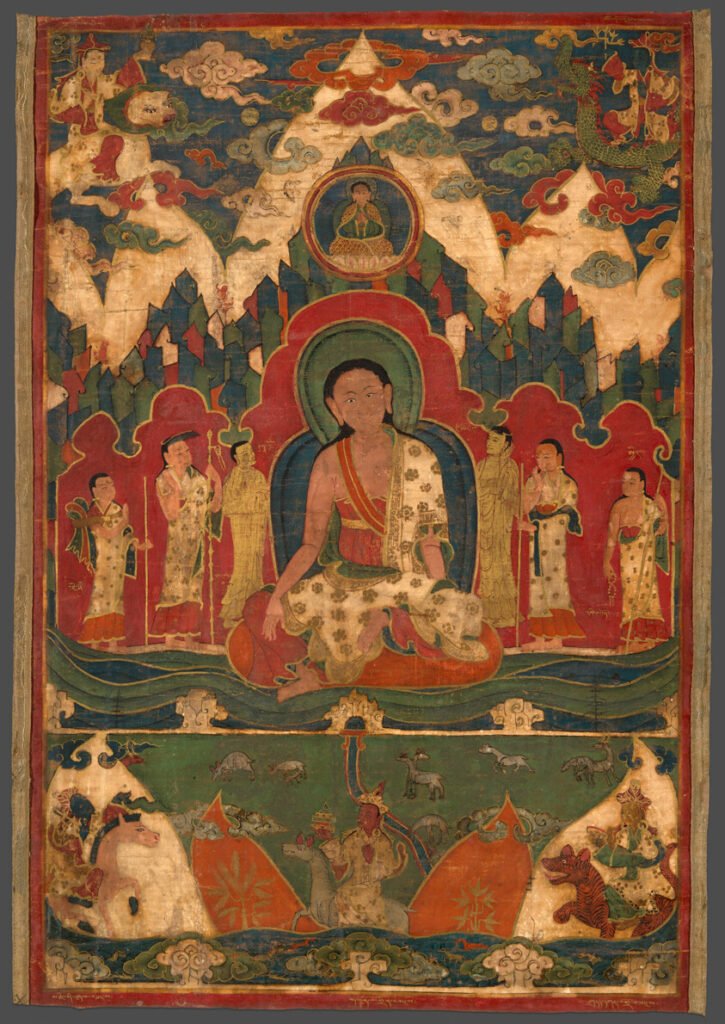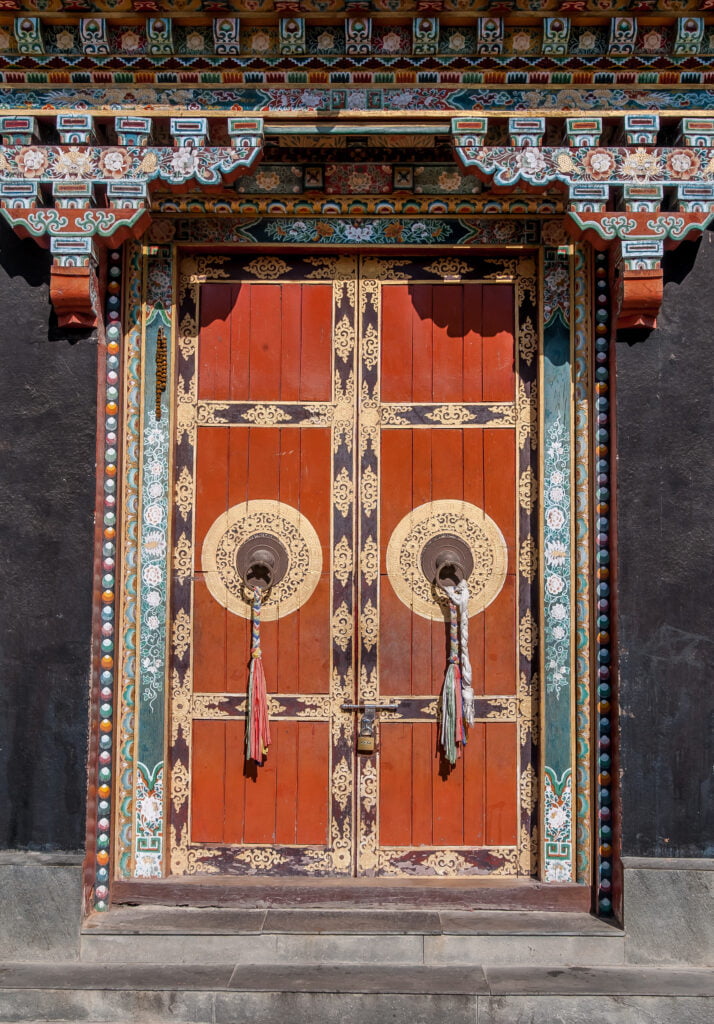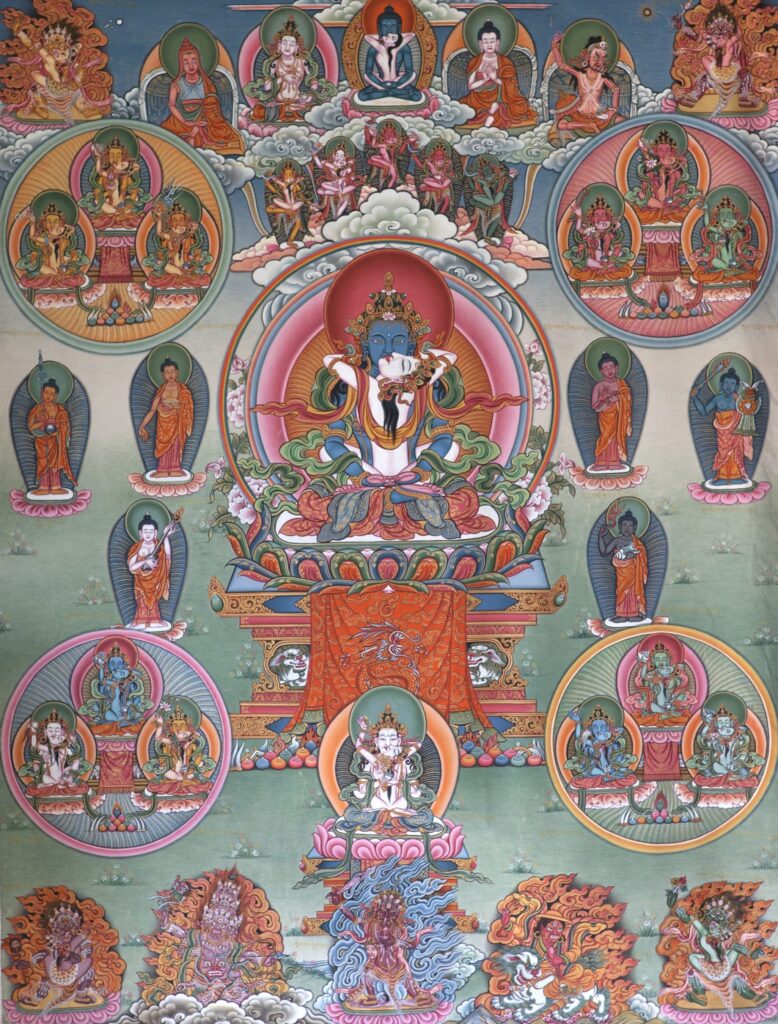Showing results for 'mind training'
Pathway Portal
Username Password Remember Me Forgot Password
Ten Nonvirtues
Dr David Shlim: Valentine’s Day Compassion Celebration
Samye Hermitage Bali
Samye Hermitage Bali will offer a diverse program of lessons and training courses in different spheres, such as Buddhist philosophy and practice, meditation and concentration…
Milarepa
Three Doors of Liberation
Ten Bhūmis
Unité 4: L’essence
L’entraînement de l’esprit, comme nous l’avons appris, implique de comprendre tous ses aspects. Dans cette quatrième section, Phakchok Rinpoché répète ces quatre aspects de l’esprit.…
Unité 2: Capacité de l’esprit
Entraîner l’esprit : révision L’entraînement de l’esprit implique plusieurs étapes. Dès la première unité, nous avons appris l’essence, la nature, la capacité et ce que…
Five Paths
Kunzang Tuktik
The Kunzang Tuktik, or Heart essence of Samantabhadra is a profound Maha-Ati-yoga Dzogchen terma. In the development stage, the peaceful and wrathful deities are the…









